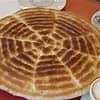“T
An invitation to attend a coffee gathering is a mark of friendship or respect and is an excellent example of their hospitality and can take a few hours.
The cultural coffee gathering is offered in the family when visiting friends and most of the time with neighbours.
The gathering starts with the traditionally dressed woman, first bringing out the
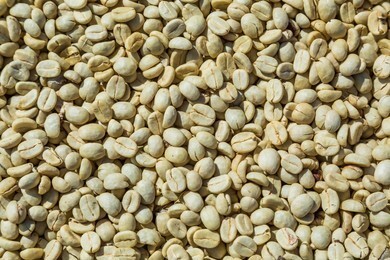


The crushed fresh roasted coffee powder then is put in a
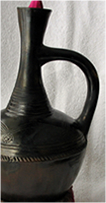
When boiling the coffee aroma fills the room, once boiled the coffee is served in

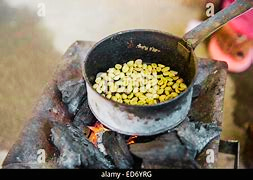
The coffee beans start to pop (sounds like popcorn) and the most memorable is when the preparer takes the roasted coffee and walks it around the room so the smell of freshly roasted coffee fills the air. The roasted coffee is then put in small coffee grinders in the process.
The youngest child is then sent out to announce when it is to be served and stands ready to bring a cup of coffee first to the eldest in the room and then to the others, connecting all the generations.
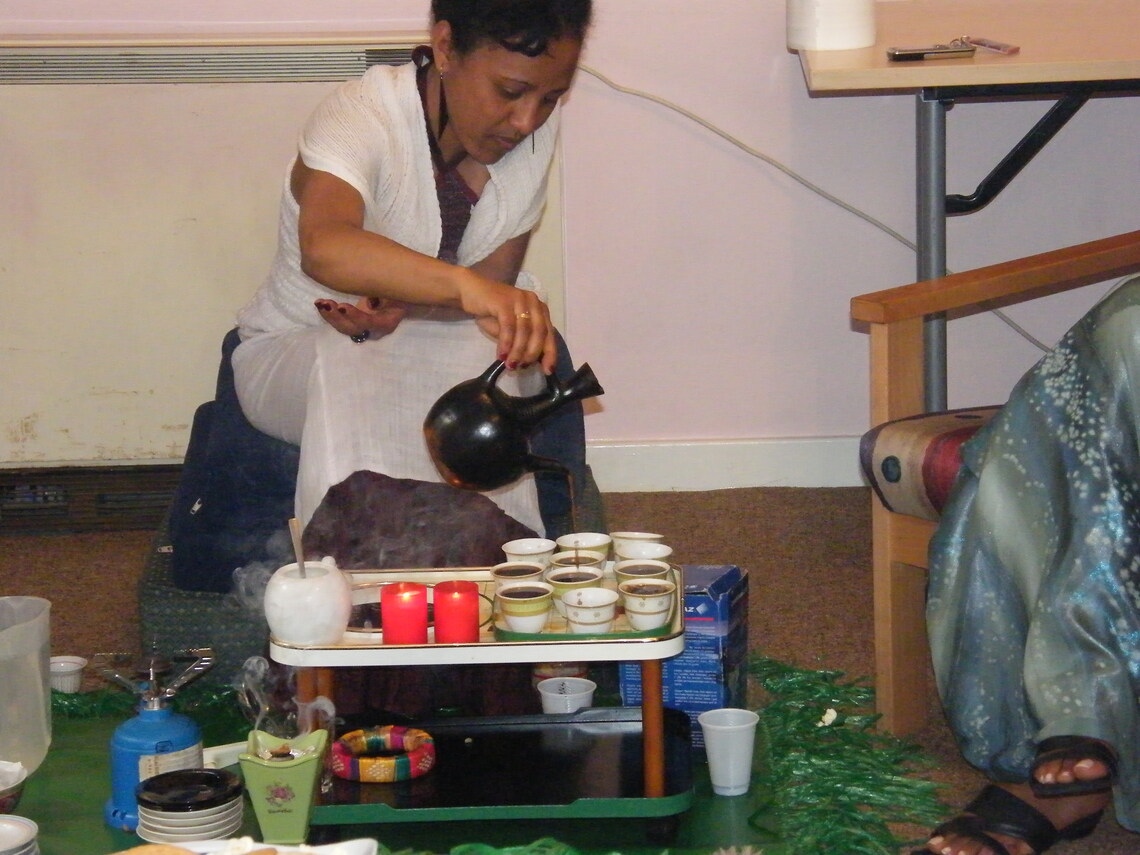
Coffee has a good aroma and a powerful effect. The ancient monks at a local monastery to stay awake during extended hours of prayer exploited the stimulating effect.
In the meantime, coffee is popular as an aromatic and stimulating drink in the world. It is complemented by a traditional snack food, such as cooked barley called
